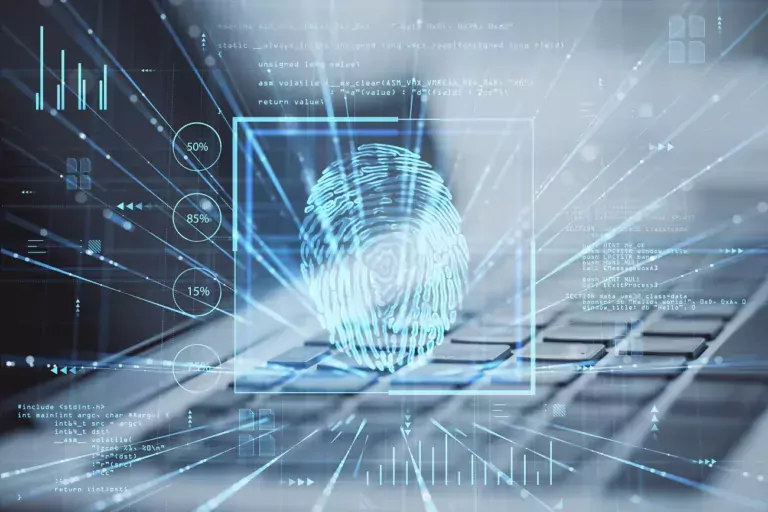Earlier this year, the Federal Trade Commission released some worrying stats – identity theft and imposter scams cost Americans a whopping $9 billion in 2022, which is 30% more than the year before! Out of all the different cons reported, identity theft was the most prevalent.
These staggering figures highlight why identity verification is so critical, especially for small businesses who lack the resources of big corporations to absorb losses from fraud. Even a few undetected fake purchases can severely jeopardize a small company’s survival. Beyond financial impacts, identity-related data breaches also destroy customer trust – a heavy blow for brands still establishing their reputation.
As economic storm clouds gather in 2024, verifying buyer identities on both transactional websites and social channels provides a vital shield for small businesses against potentially catastrophic threats hiding in plain sight. On that note, let’s take a look at four budget-friendly identity verification tactics you can use to make sure your customers are who they say they are.
Leverage Free Email Verification
For small business owners, every minute feels precious when juggling a million tasks vital for success. But the few extra seconds spent activating email verification during customer onboarding can save massive headaches down the road.
Leaving signup fields completely exposed invites trouble in the form of shady accounts tied to fake addresses that corrode your data integrity before you know it. By simply requiring confirmation of emails provided, extra barriers arise forcing fraudsters to move onto easier targets.
Advanced tools even automatically scan verified addresses against known corporate domains and existing inboxes to pinpoint deception risks. Despite the minor inconvenience, legitimate customers understand the importance of confirmation steps these days.
In an increasingly risky digital economy, precautionary measures like email verification safeguard customer trust and company stability for resource-strapped startups. The minor effort detours costly fraud schemes that could sink months of bootstrap progress overnight. A touch of prevention truly goes a long way.
Add a Phone Verification Layer
To uncover the more sophisticated fakes designed to slip past that first layer of security (email), small businesses need additional reinforcement standing guard. Phone verification provides that extra line of defense, directly pinging the mobile devices only carried around by the true identity owners themselves.
You see, while emails reflect a part of someone’s digital footprint, phone numbers provide a more intimate connection to real-world places and routines through SMS codes, calls, device tracking and even location-based checkpoints. By requiring multi-factor authentication tapping directly into consumer pockets, criminals peddling fully synthesized fakes and stolen identities have much harder times replicating the myriad signals that personally-owned phones alone transmit.
The time and resources required to bypass phone screening means the majority of counterfeiters simply move along to easier targets.
Enlist Public Records as Your Fraud Investigator
Nowadays where everyone shares details online, public records databases have become incredibly helpful for double checking real identity information. Sure, paid background checks cost money, but small businesses can use free identity checks from public records to verify the details customers provide— things like addresses, birthdays, past homes, family, etc.
By taking a quick peek at available public information, business owners can make sure identities match up before letting a customer sign up or access an account. Think of it like how airport security looks under the surface for red flags, even little typos with names on documents should set off alarm bells and warrant a closer inspection first.
Let those public records be your fraud watchdog, helping you spot sketchy mismatches early before trouble hits. It takes some extra effort up front, but getting identities squared away is worth it to avoid issues down the road – especially fi you are already suspicious about a account.
Use Biometrics for Unrivaled Identity Assurance
Biometrics is all about using each person’s one-of-a-kind biological or behavioral traits to ID them. We’re talking unique identifiers like fingerprints, facial recognition, voices—things that are pretty much impossible to fake or duplicate compared to basic info like names, emails, addresses that anyone could find.
By having customers instantly verify who they are with a quick face or voice scan when opening an account, small businesses can instantly know, without question, that the person is 100% who they claim to be.
And with biometric tech now easily accessible via phones and apps, even tiny startups can set up secure verification without needing fancy expensive equipment—something usually only big corporations could swing in the past. Whether it’s unlocking devices with fingerprints, logging in with selfies for facial recognition, or confirming purchases with voice checks, biometrics gives small businesses serious fraud protection.
In Closing
To wrap up…the risks of identity theft and digital scams for small businesses in the coming year are clearly massive, as the shocking financial numbers show. Taking steps to check customer identities isn’t just smart, it’s necessary to survive right now.
But here’s the good news – affordable identity verification is within reach even for scrappy startups. Little things like confirming emails and phone numbers can help a ton, or taking a few extra minutes to fact check public records when needed. And advancing tech is making biometric authentication super accessible and easy to use for all companies.
While adding identity checks takes some initial effort and time, preventing just one case of fraud can save way more by avoiding big losses later.

